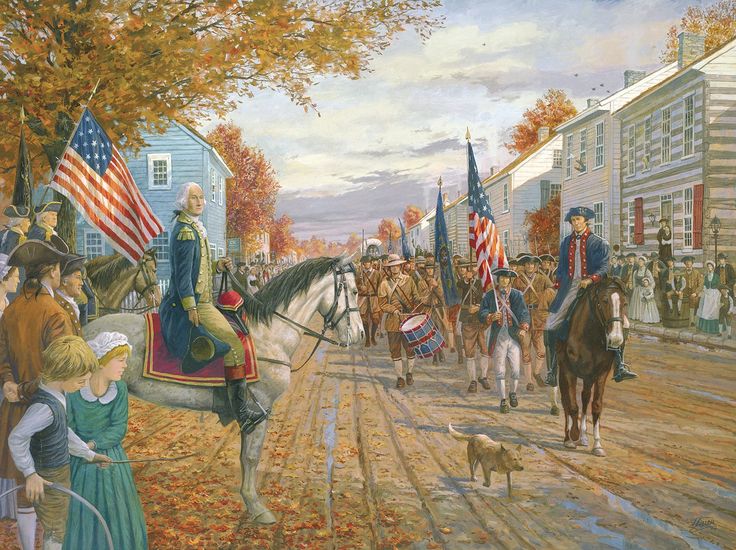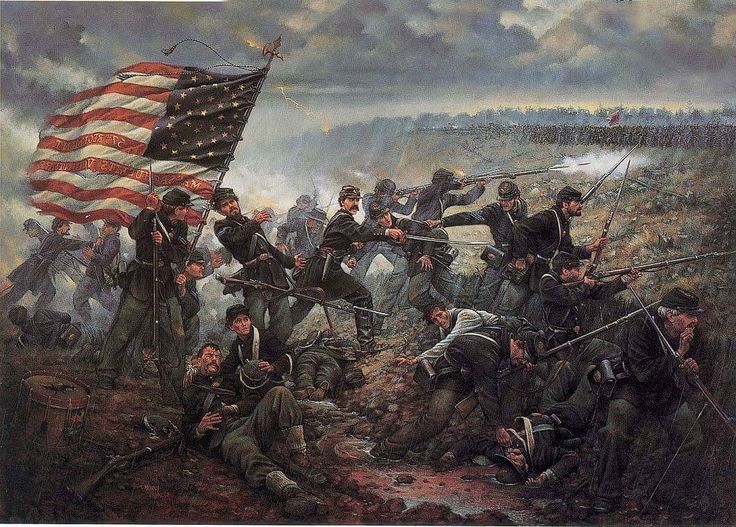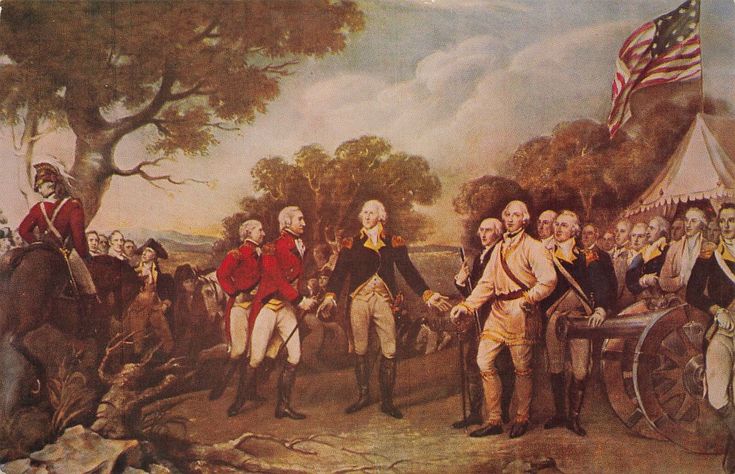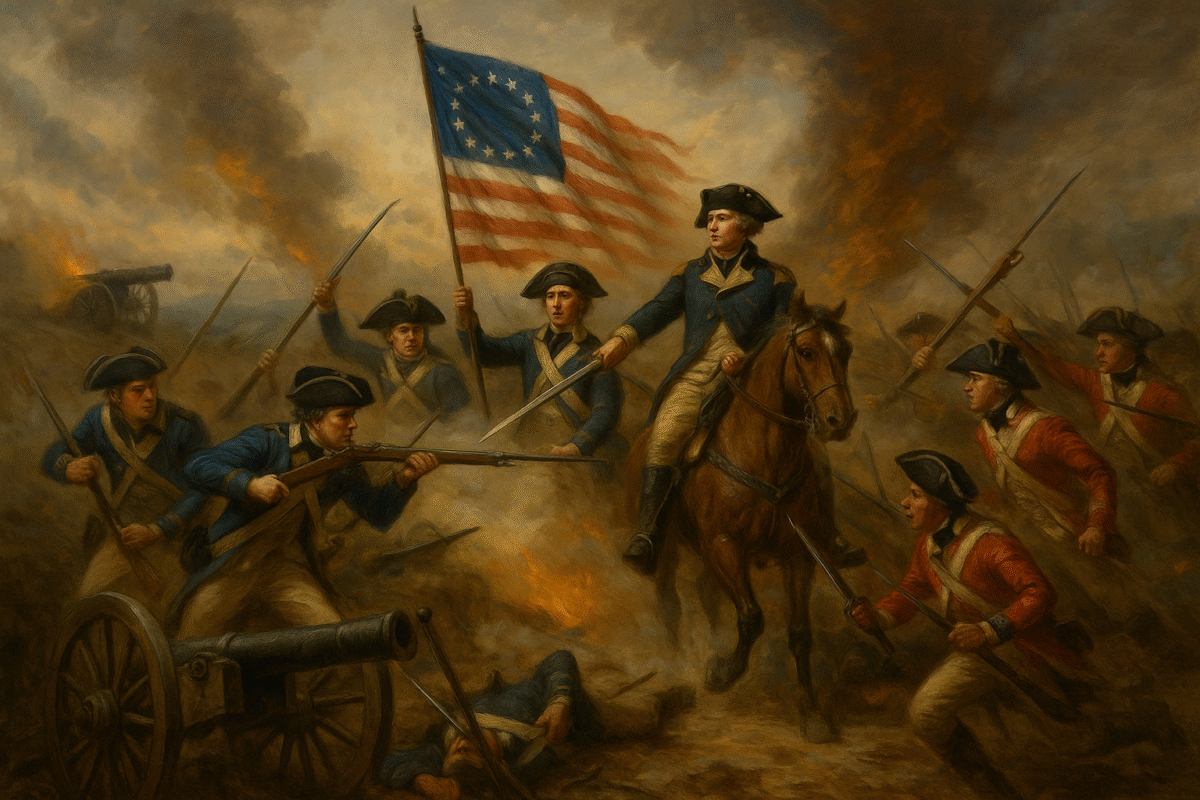The American Revolutionary War (1775–1783), also called the American Revolution, was one of the most pivotal conflicts in world history. It transformed thirteen British colonies in North America into an independent nation — the United States of America — and inspired revolutions worldwide.
For over a decade before the outbreak of open war, growing tensions simmered between the American colonists and the British Crown. These tensions eventually erupted into a full-scale war for independence, changing the course of history forever.
Causes of the American Revolutionary War
The roots of the Revolutionary War trace back to the aftermath of the French and Indian War (1754–1763), also known globally as the Seven Years’ War. This costly conflict expanded British territories in North America but drained the British treasury. To recover financially, Parliament imposed a series of unpopular taxes on its colonies.
Laws like the Stamp Act of 1765, the Townshend Acts of 1767, and the infamous Tea Act of 1773 fueled anger among colonists, who argued they were being taxed without representation in Parliament. Many colonists believed they deserved the same rights as other British citizens — the right to self-government and fair taxation.
Tensions turned violent in March 1770 during the Boston Massacre, when British soldiers fired into a crowd, killing five colonists. The conflict escalated further after the dramatic Boston Tea Party in December 1773, when American patriots dumped 342 chests of British tea into Boston Harbor in protest.
In retaliation, the British Parliament passed the harsh Intolerable Acts (or Coercive Acts) to punish Massachusetts and reassert imperial authority, but these measures only unified the colonies in their resistance.
The Road to War: First Continental Congress
In response to British policies, delegates from twelve colonies gathered in Philadelphia in 1774 for the First Continental Congress. Leaders like George Washington, John Adams, Samuel Adams, Patrick Henry, and John Jay demanded respect for colonial rights, including life, liberty, and property.
While the First Continental Congress did not yet declare independence, it firmly opposed taxation without representation and called for the colonies to prepare for possible conflict.

The Outbreak of the Revolutionary War
The first shots of the American Revolutionary War were fired on April 19, 1775, at the Battles of Lexington and Concord in Massachusetts. British troops marched from Boston to seize colonial weapons but were confronted by local militiamen alerted by riders like Paul Revere. The clashes marked the start of armed rebellion — the famous “shot heard ‘round the world.”
Declaring Independence (1775–1776)
After the bloodshed at Lexington and Concord, the Second Continental Congress convened in Philadelphia in May 1775. The delegates voted to form the Continental Army, appointing George Washington as its commander-in-chief.
The first major clash of the war came at the Battle of Bunker Hill on June 17, 1775. Although the British technically won the battle, the Americans inflicted significant casualties, boosting colonial morale.
By the summer of 1776, a majority of colonists favored breaking away from Britain. On July 4, 1776, the Continental Congress adopted the Declaration of Independence, primarily authored by Thomas Jefferson, officially announcing the birth of a new nation.
That same year, British forces launched a massive campaign to crush the rebellion, capturing New York City and forcing Washington’s troops to retreat. Yet, in a daring move on Christmas night, Washington crossed the Delaware River and won key victories at Trenton and Princeton, reviving hope for the revolutionary cause.
The Turning Point: The Battles of Saratoga (1777–1778)
In 1777, the British planned to divide the rebellious colonies by isolating New England. General John Burgoyne led his troops south from Canada to meet with General Howe’s army moving north.
However, Burgoyne’s strategy backfired. His forces were isolated and defeated in a series of clashes near Saratoga, New York. The Battles of Saratoga — fought at Freeman’s Farm and Bemis Heights — ended with Burgoyne’s surrender on October 17, 1777.
This major American victory convinced France to formally ally with the colonists. In 1778, France declared war on Britain, transforming what had been a civil war into a global conflict.

Stalemate in the North, Fighting in the South (1778–1781)
During the harsh winter at Valley Forge (1777–78), Washington’s army endured terrible conditions but emerged stronger thanks to training from Baron Friedrich von Steuben, a skilled Prussian officer. Meanwhile, the French sent vital support, including the young Marquis de Lafayette, who became one of Washington’s most trusted generals.
In the North, the war settled into a stalemate. Battles like Monmouth (1778) ended inconclusively, while the British shifted their focus to the Southern colonies, hoping to rally loyalist support.
The British captured Savannah, Georgia, in 1779 and Charleston, South Carolina, in 1780 — devastating blows to the American cause. The traitorous defection of General Benedict Arnold to the British that year further shook morale.
However, American forces under General Nathanael Greene and General Daniel Morgan turned the tide in the South. Morgan’s victory at Cowpens (January 1781) and Greene’s effective campaigns weakened the British hold.
Victory at Yorktown and the End of the War (1781–1783)
By the fall of 1781, British General Charles Cornwallis found himself trapped at Yorktown, Virginia. Washington, with crucial aid from the French army under General Rochambeau and the French navy under Admiral de Grasse, laid siege to Yorktown.
Cut off by land and sea, Cornwallis surrendered his entire army on October 19, 1781 — effectively ending major fighting in the American Revolution.
The war dragged on with scattered skirmishes, but no decisive battles followed. Britain gradually withdrew its remaining troops from cities like Charleston and Savannah. Finally, on September 3, 1783, the Treaty of Paris was signed, and Great Britain officially recognized the independence of the United States.
Legacy of the American Revolutionary War
The American Revolutionary War changed the world. It created a new nation founded on principles of democracy, liberty, and individual rights — ideas that would inspire other revolutions in France, Latin America, and beyond.
It was a war fought not just by soldiers but by countless ordinary men and women who risked everything for freedom. Today, the Revolution’s legacy remains a powerful symbol of the enduring struggle for self-government and human rights.
The American Revolution was not inevitable — it was the result of decades of grievances, bold ideas, and the courage of people willing to fight for independence against overwhelming odds. Understanding its full story helps us appreciate the sacrifices and ideals that continue to shape the United States and the world today.


